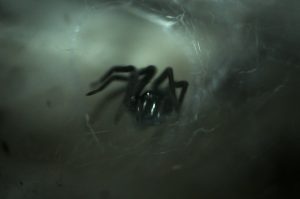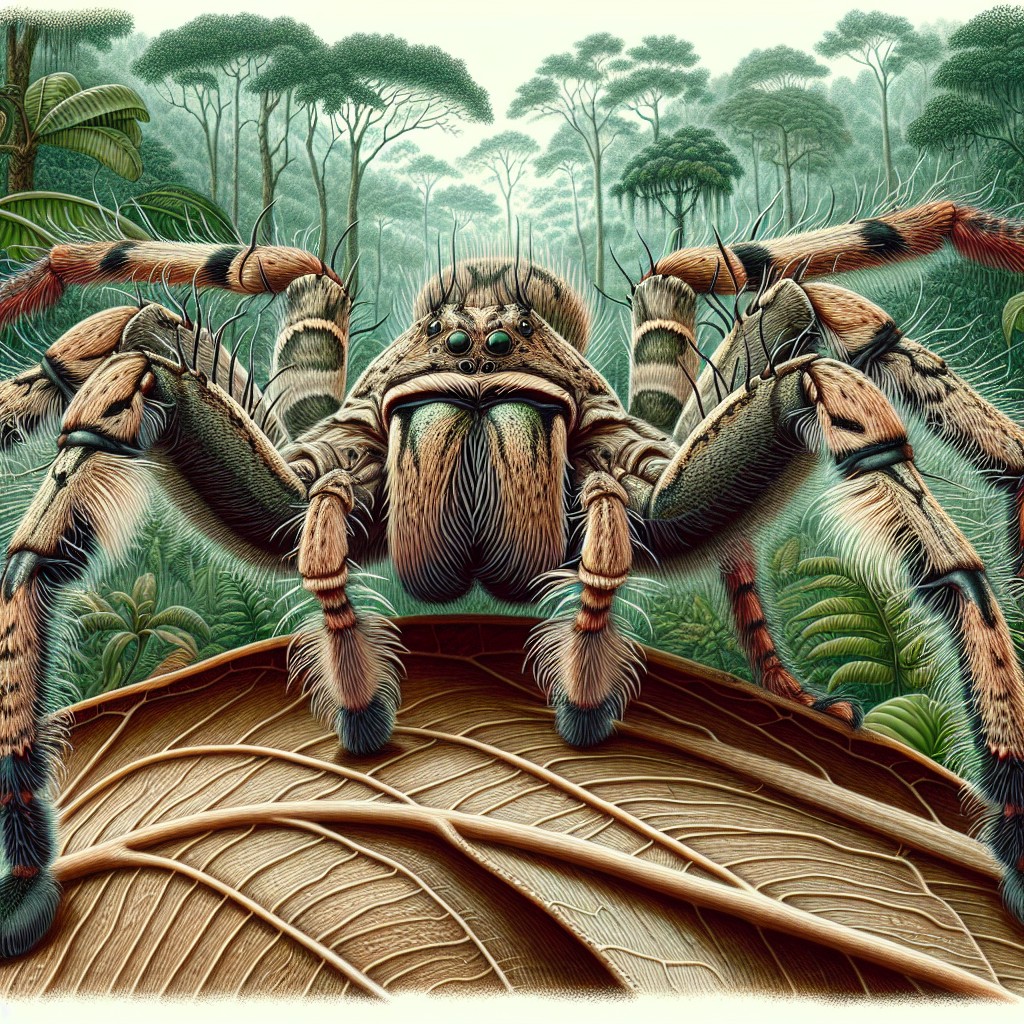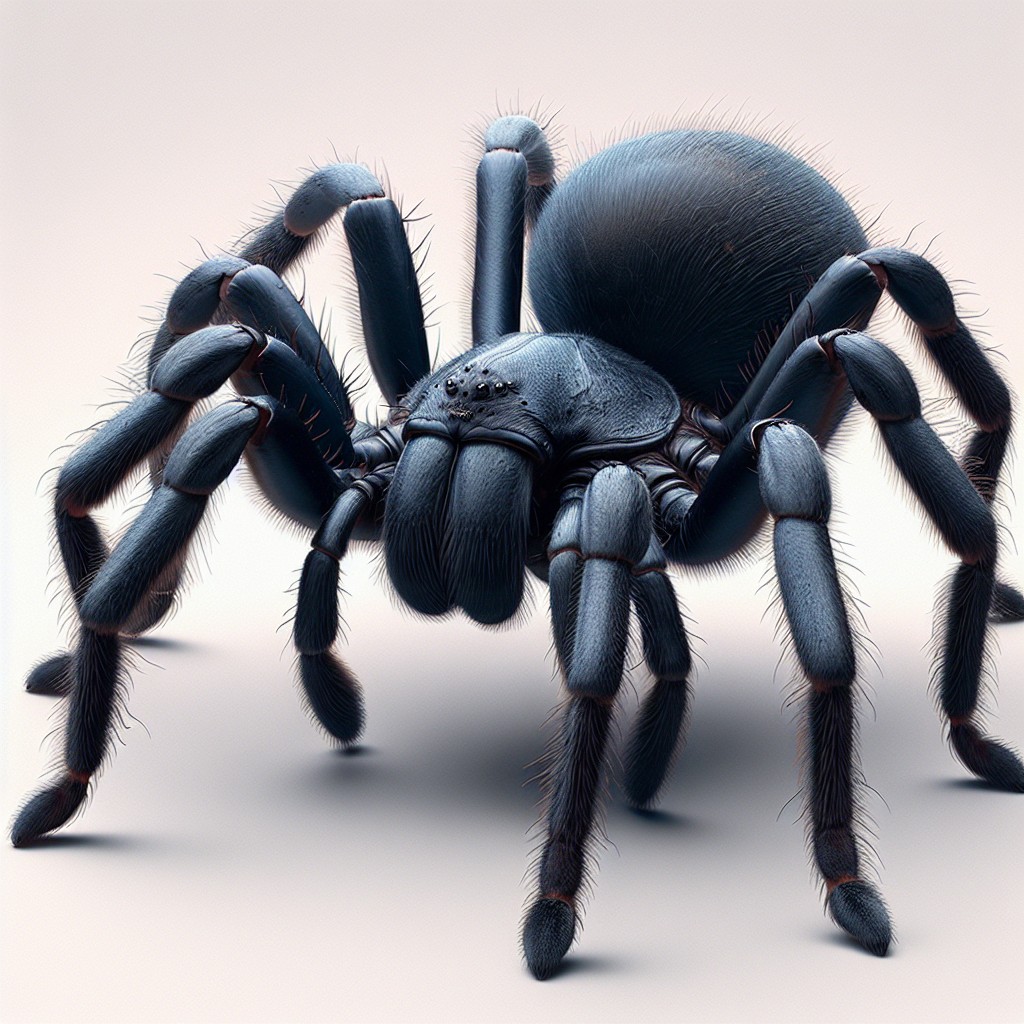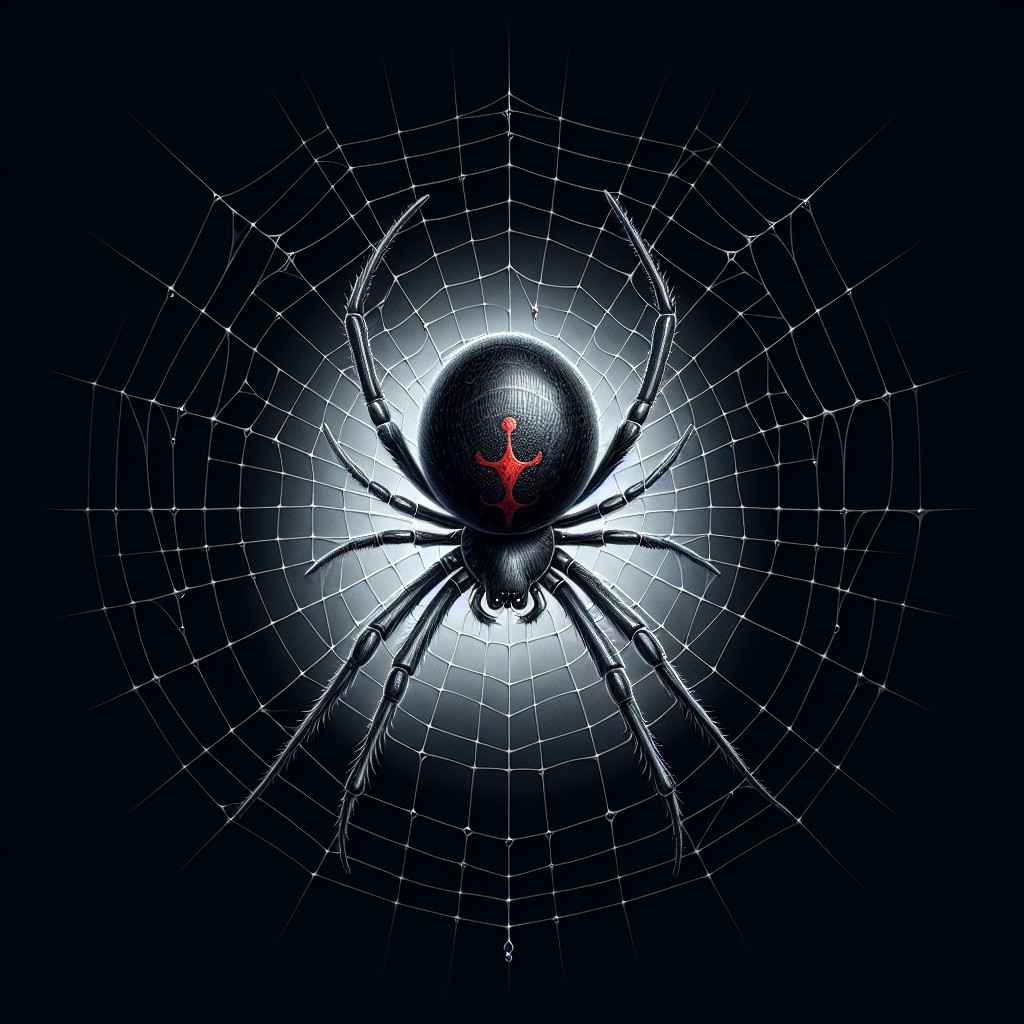The redback spider (Latrodectus hasseltii) is a venomous spider native to Australia. It belongs to the family Theridiidae, which includes other widow spiders found around the world. The redback spider is known for its distinctive red or orange stripe on its abdomen, which gives it its name. It is a small spider, with females measuring around 1 cm in length, while males are much smaller, only reaching about 3-4 mm in length.
Studying the redback spider is important for several reasons. Firstly, it is one of the most venomous spiders in Australia, and its bite can cause severe symptoms in humans. Understanding its behavior and venom can help in developing effective treatments for bites. Secondly, the redback spider plays an important role in the ecosystem as a predator, controlling populations of insects and other small arthropods. Lastly, the redback spider has cultural significance in Australia and is often featured in folklore and art.
Key Takeaways
- The Redback Spider is a venomous spider native to Australia.
- It is easily recognizable by its black body with a distinctive red stripe on the abdomen.
- Redback Spiders are found in a variety of habitats across Australia, including urban areas.
- Their diet consists mainly of insects, which they catch in their webs using their venom.
- Redback Spider bites can cause severe symptoms, but prompt medical treatment can be effective in managing the effects of the venom.
Physical Characteristics of the Redback Spider
The redback spider has a distinctive appearance that makes it easily recognizable. The female redback spider has a black body with a prominent red or orange stripe on its abdomen. This stripe is often shaped like an hourglass or an elongated triangle. The rest of the body is covered in fine hairs, giving it a velvety appearance. The female’s legs are long and slender, with each leg ending in a small claw.
In contrast, the male redback spider is much smaller and less conspicuous. It has a brownish coloration with white markings on its abdomen. The male’s body shape is also different from the female’s, with a more elongated abdomen and shorter legs. The male redback spider is not venomous and poses no threat to humans.
Habitat and Distribution of the Redback Spider
The redback spider is commonly found in dry, sheltered habitats such as gardens, sheds, and woodpiles. It prefers areas with plenty of hiding places, such as crevices, cracks, and dark corners. The redback spider constructs messy, irregular webs made of strong silk. These webs are often located close to the ground and are used to capture prey.
The redback spider is endemic to Australia and is found throughout the country. It is most commonly found in the southern and eastern parts of Australia, where the climate is drier. However, it has also been introduced to other countries such as New Zealand, Japan, and South Africa through human activities.
Diet and Hunting Techniques of the Redback Spider
| Diet and Hunting Techniques of the Redback Spider | |
|---|---|
| Prey | The redback spider preys on insects, other spiders, and small vertebrates such as lizards and mice. |
| Hunting Techniques | The redback spider uses a combination of web-building and active hunting to catch its prey. It builds a tangled web of sticky silk to trap insects, and then actively hunts larger prey that gets caught in the web. |
| Web | The redback spider’s web is irregular in shape and is usually found in dark, sheltered areas such as under rocks or in crevices. The web is made of sticky silk and is used to catch insects and other small prey. |
| Venom | The redback spider’s venom is highly toxic and can cause severe pain, muscle weakness, and even death in humans. However, bites are rare and antivenom is available. |
The redback spider is a carnivorous predator that feeds primarily on insects and other small arthropods. Its diet consists of a wide range of prey, including flies, beetles, ants, and even other spiders. The redback spider uses its web to capture its prey. When an insect or small arthropod gets caught in the web, the redback spider quickly immobilizes it by biting it and injecting venom.
The hunting technique of the redback spider involves waiting patiently in its web for prey to become entangled. Once a potential meal is caught, the redback spider approaches it cautiously and delivers a bite. The venom injected by the redback spider contains neurotoxins that paralyze the prey, making it easier to consume. The redback spider then wraps its prey in silk and feeds on it at its leisure.
Venom and Toxicity of the Redback Spider
The venom of the redback spider is highly potent and contains a mixture of neurotoxins. These neurotoxins target the nervous system of the prey, causing paralysis and eventually death. The venom also contains enzymes that help break down the tissues of the prey, making it easier for the redback spider to consume.
The toxicity of the redback spider’s venom varies depending on the individual spider and the amount of venom injected. While the venom is highly toxic to its prey, it is not usually lethal to humans. However, a bite from a redback spider can cause severe symptoms, including intense pain, sweating, nausea, and muscle weakness. In rare cases, it can lead to more serious complications such as respiratory distress and seizures.
Redback Spider Bites: Symptoms and Treatment
A bite from a redback spider can cause a range of symptoms in humans. The most common symptom is intense pain at the site of the bite, which can radiate to other parts of the body. Other symptoms may include sweating, nausea, vomiting, headache, and muscle weakness. In severe cases, the bite can lead to more serious complications such as respiratory distress, seizures, and even death.
If bitten by a redback spider, it is important to seek medical attention immediately. The first step in treatment is to clean the wound with soap and water to prevent infection. Pain relief medications may be prescribed to manage the pain. In severe cases, antivenom may be administered to counteract the effects of the venom. It is important to note that not all redback spider bites require antivenom treatment, and it should only be used when necessary.
Redback Spider Reproduction and Life Cycle
The redback spider has a unique reproductive process known as sexual cannibalism. During mating, the female redback spider often kills and consumes the male. This behavior is believed to have evolved as a way for the female to obtain nutrients necessary for egg production.
After mating, the female redback spider produces an egg sac containing hundreds of eggs. She attaches this egg sac to her web or hides it in a sheltered location. The eggs hatch after about two weeks, and the spiderlings emerge. The spiderlings go through several molts before reaching adulthood, and the process takes several months.
Redback Spider and its Role in the Ecosystem
The redback spider plays an important role in the ecosystem as a predator. It helps control populations of insects and other small arthropods, which can have a significant impact on the balance of ecosystems. By feeding on these pests, the redback spider helps maintain the health and stability of ecosystems.
In addition to its role as a predator, the redback spider also serves as a food source for other animals. Birds, lizards, and other spiders are known to prey on redback spiders. This creates a complex web of interactions within the ecosystem, with the redback spider occupying an important niche.
Redback Spider in Australian Culture and Folklore
The redback spider holds cultural significance in Australia and is often featured in art, literature, and folklore. It is considered an iconic symbol of Australian wildlife and is often used to represent the dangers of the Australian bush. The redback spider has been featured in numerous Australian songs, poems, and stories.
In Australian folklore, the redback spider is often portrayed as a dangerous creature that should be avoided. It is associated with fear and danger, and its presence is seen as a warning sign. The redback spider has become a symbol of resilience and survival in Australian culture, representing the ability to overcome challenges and thrive in harsh environments.
Redback Spider Conservation Efforts and Future Prospects
Conservation efforts for the redback spider are focused on preserving its natural habitat and raising awareness about its importance in ecosystems. Efforts are being made to protect areas where the redback spider is found and to promote sustainable land management practices that benefit its survival.
The future prospects for the conservation of the redback spider are uncertain. Climate change and habitat destruction pose significant threats to its survival. However, increased awareness and conservation efforts can help mitigate these threats and ensure the long-term survival of this iconic Australian spider.
FAQs
What is a Redback Spider?
A Redback Spider (Latrodectus hasseltii) is a venomous spider native to Australia. It is a member of the widow spider group and is known for its distinctive red stripe on its back.
What does a Redback Spider look like?
A Redback Spider is small, usually around 1 cm in length, and has a shiny black body with a red stripe on its back. Females are larger than males and have a rounder abdomen.
Where are Redback Spiders found?
Redback Spiders are found throughout Australia, in both urban and rural areas. They prefer dry, sheltered locations such as sheds, garages, and under outdoor furniture.
Are Redback Spiders dangerous?
Yes, Redback Spiders are venomous and their bites can be dangerous, especially to children and the elderly. However, fatalities are rare due to the availability of antivenom.
What are the symptoms of a Redback Spider bite?
Symptoms of a Redback Spider bite can include pain, swelling, sweating, nausea, vomiting, and muscle spasms. In severe cases, the bite can cause respiratory failure and death.
How can I prevent a Redback Spider bite?
To prevent a Redback Spider bite, it is important to wear gloves and protective clothing when working in areas where they may be present. You should also check outdoor furniture and equipment before use and keep outdoor areas clean and clutter-free.
What should I do if I am bitten by a Redback Spider?
If you are bitten by a Redback Spider, seek medical attention immediately. Apply a pressure immobilization bandage and keep the affected limb still until medical help arrives.



